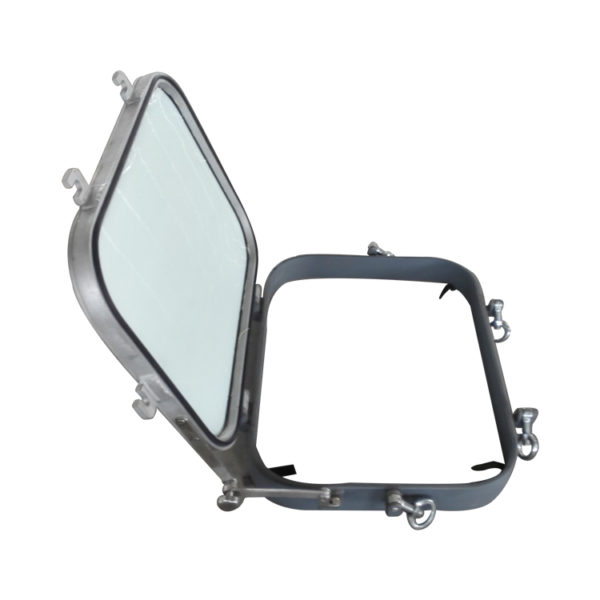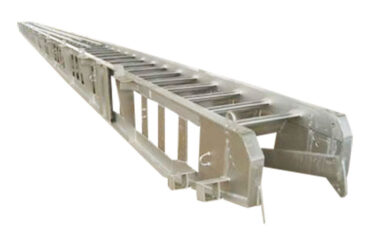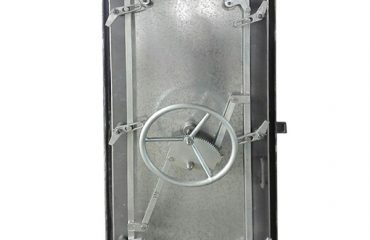
Marine windows, also known as portholes or portlights, are an integral part of any marine vessel. They offer a range of benefits that enhance the functionality, safety, and comfort of the vessel.
One of the primary benefits of marine windows is the opportunity to allow natural light to enter the cabin or hull of the vessel. Natural light not only creates a more pleasant and inviting atmosphere but also reduces the need for artificial lighting during the daytime, thus saving energy. Additionally, marine windows provide a means for ventilation, allowing fresh air to circulate in the enclosed spaces, minimizing condensation, and improving the overall air quality inside the vessel.
Marine windows offer an unparalleled view of the surrounding environment, whether it be the vast ocean or a picturesque harbor. This visual connection allows passengers and crew members to appreciate the beauty of the marine surroundings, enhancing their overall experience on the vessel. Moreover, being able to monitor the outside conditions is essential for safety purposes, as it allows the crew to assess the weather conditions and potential hazards.
Marine windows are designed to meet specific safety regulations and standards, ensuring the safety of passengers and crew members on board. They are typically made from high-quality materials such as toughened glass or acrylic, which are resistant to impact and extreme weather conditions. In case of an emergency, marine windows offer a means of escape, as they can be quickly opened to provide an alternative exit route.
Another significant benefit of marine windows is their ability to protect the interior of the vessel from the harsh elements of the marine environment. They act as a barrier against rain, wind, and salt spray, preventing water ingress and damage to the interior spaces. Furthermore, marine windows are designed to withstand high pressures, ensuring that they remain watertight even in rough conditions.





